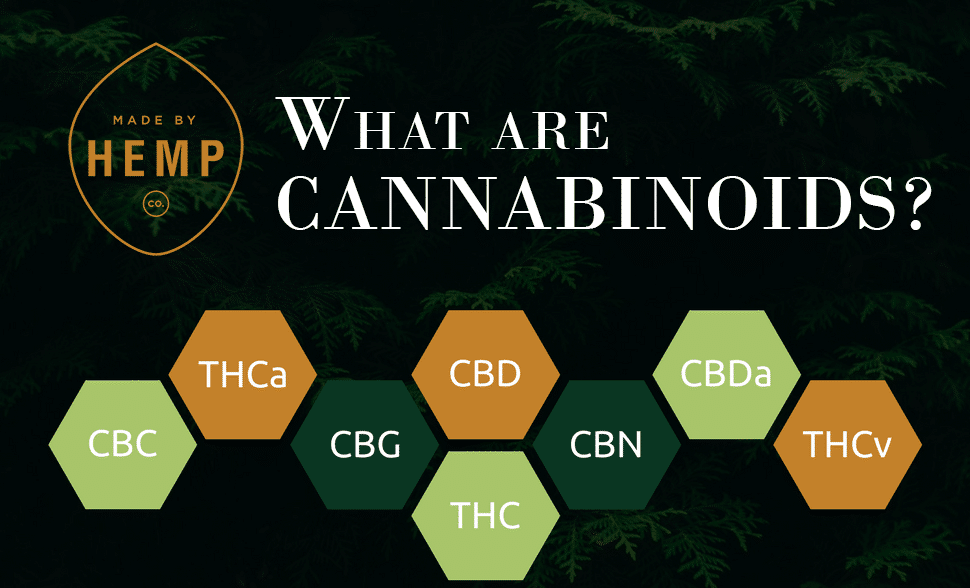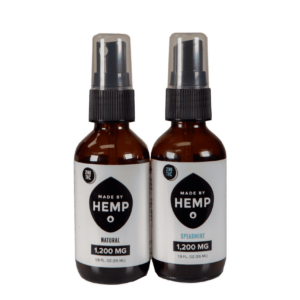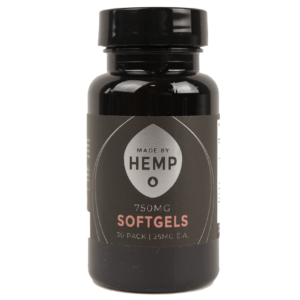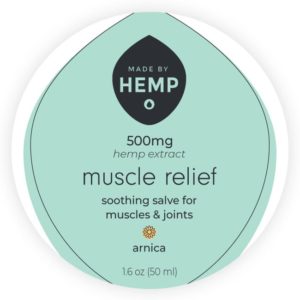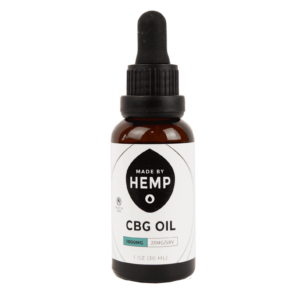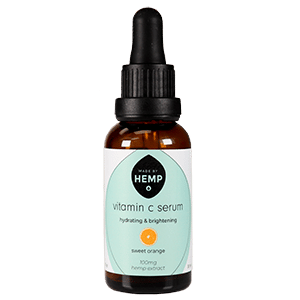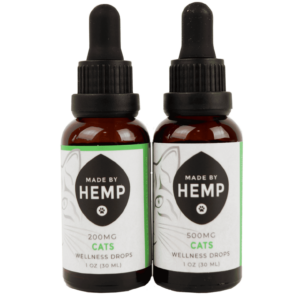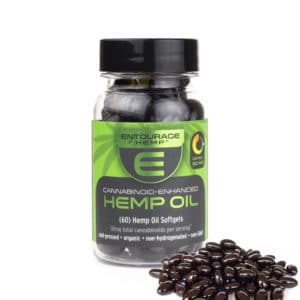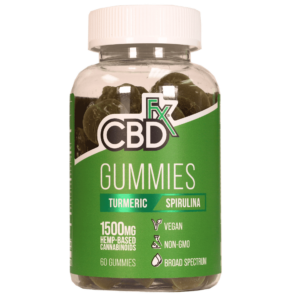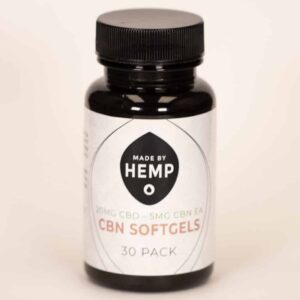When familiarizing ourselves with cannabis, we are quickly introduced to cannabinoids.
The word cannabinoid refers to a type of chemical compound that is found in the cannabis plant and in our bodies. We are likely familiar with cannabidiol (CBD): a cannabinoid found in cannabis.
Already, we’ve introduced a handful of terms that begin with the prefix canna-. Let’s break these down for clarity.

- Cannabis: a type of plant that includes both hemp and marijuana.
- Cannabinoid: a compound that is formed in the cannabis plant and in the body.
- Cannabidiol (CBD): a cannabinoid produced in cannabis.
Cannabinoids hold significance because they interact with our cannabinoid receptors to support regulatory functions. Cannabinoids and the cannabinoid receptors are a part of a larger system called the endocannabinoid system (ECS). The objective of the ECS is to keep our body in homeostasis, or balance. Cannabinoids play an integral role in this objective.
To understand the effect of cannabinoids, we’ll first look at cannabinoids we produce in our own bodies: endocannabinoids.

Endocannabinoids
Endocannabinoids (endo- meaning within) are cannabinoids that we synthesize, or create, on demand. Humans and other mammals (including pets) produce cannabinoids. You may have heard of anandamide, or the bliss molecule. When we exercise, we create an abundance of anandamide and it creates what is known as a “runner’s high”. Other common endocannabinoids include 2-AG, NADA, and noladin ether. (Don’t worry, we won’t test you on these.)
Endocannabinoids are created when the body strays from homeostasis. Once synthesized, endocannabinoids bind to the cannabinoid receptors and transmit a message to the cell. This message tells the cell to act in a way that will return the body to homeostasis.
Put simply, endocannabinoids are messengers that help return the body to homeostasis.
So how does cannabis fit into this? Phytocannabinoids (cannabinoids created in plants) act similarly to endocannabinoids. Understanding phytocannabinoids gives us a better comprehension of the therapeutic properties of cannabis.

Phytocannabinoids
Cannabinoids are an active component of cannabis. Phytocannabinoids (phyto- meaning plant) play a major role in the therapeutic effects of cannabis. In the cannabis plant, cannabinoids are secreted in trichomes, or tiny hairs. Other plants, such as black pepper, cacao, and helichrysum, also contain cannabinoids.
Phytocannabinoids mimic cannabinoids that are produced in the body. Like endocannabinoids, phytocannabinoids bind to the cannabinoid receptors to produce various effects. While the ECS can function without cannabis, phytocannabinoids are supplementary cannabinoids that have distinct effects on the body.
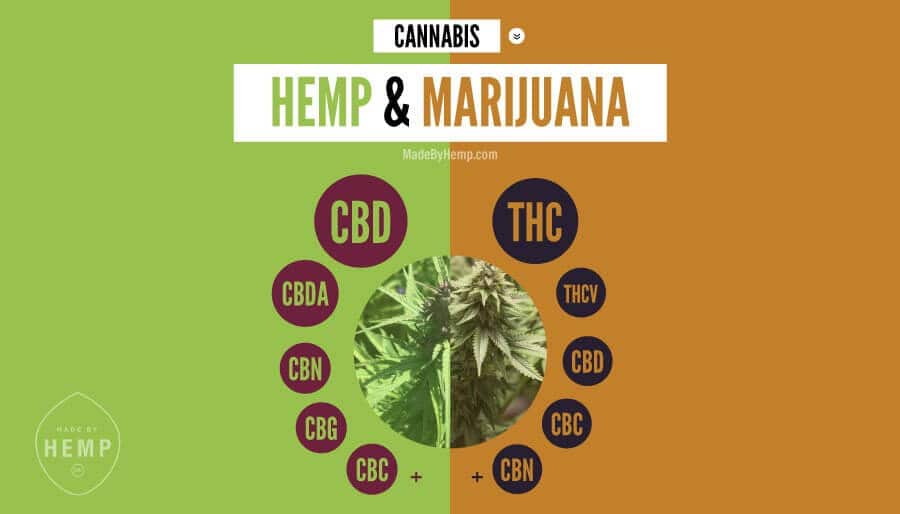
Take CBD. Rather than binding directly to the cannabinoid receptors, CBD acts as an antagonist and blocks other cannabinoids from binding to the receptors. This unique interaction with the cannabinoid receptors has captured the attention of researchers and CBD is being studied for a range of therapeutic effects. Other common phytocannabinoids are THC, CBG, and CBN, and they, too, are being studied for distinct benefits.

The therapeutic properties of cannabis can be attributed to cannabinoids. Understanding cannabinoids gives us a better look into cannabis as a nutritional supplement. We encourage you to research the benefits that have been discovered thus far and discover the exciting future of cannabis.
Created in the body and in the cannabis plant, cannabinoids play an active part in our endocannabinoid system. Do you have any additional questions about cannabinoids? Leave a comment below!

